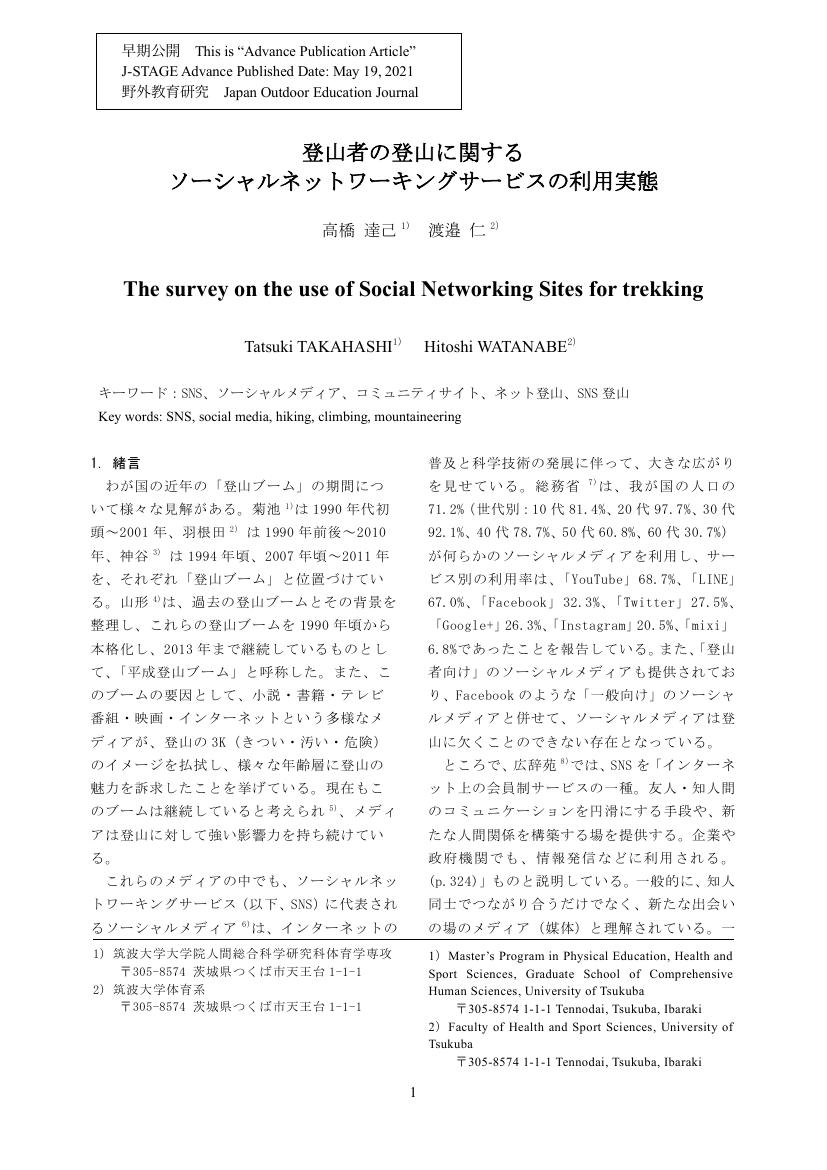2 0 0 0 OA 運動の苦手な子供における効果的な指導方法について: メタ分析を用いた検討
- 著者
- 堀田 愛 高橋 達己 齊藤 まゆみ 澤江 幸則
- 出版者
- 一般社団法人 日本体育・スポーツ・健康学会
- 雑誌
- 体育学研究 (ISSN:04846710)
- 巻号頁・発行日
- vol.68, pp.103-116, 2023 (Released:2023-03-09)
- 参考文献数
- 63
This study aimed to identify effective instructional methods for improvement of motor competence in children who do not excel at physical activity. For this purpose, a meta- analysis was conducted to integrate intervention studies designed to measure motor competence, and the effect size was calculated. The results suggested that children who do not excel at physical activity (i.e. under-achievers) were able to improve their motor competence to a particularly high degree. Among various sub-factors, the effect size of “acceptance” was the highest. We further examined instructional methods that might improve “acceptance”, and this revealed that “step-by-step instruction” and “interactions among learners” were considerably effective. These results suggest that an effective instruction method for children should include “step-by-step instruction”, which can motivate children to exercise on their own by offering tasks and an environment suitable for them in a stepby-step manner. “Interaction among learners” can be facilitated by providing opportunities to share information among students and to engage in group activities. Interactions can allow the group of under-achievers, who rarely receive attention in regular physical education (P.E.) classes, to feel recognized by learners. In conclusion, it is considered important in P.E. to work with a group that includes under-achievers and to foster a receptive atmosphere, instead of focusing on problems that emphasize the weakness of children. Practitioners should consider applying an ecological model of adaptive P.E. that emphasizes the relationship between the individual, the environment, and the task at hand.
2 0 0 0 OA 登山者の登山に関するソーシャルネットワーキングサービスの利用実態
2 0 0 0 OA 運動の苦手な子供における効果的な指導方法について: メタ分析を用いた検討
- 著者
- 堀田 愛 高橋 達己 齊藤 まゆみ 澤江 幸則
- 出版者
- 一般社団法人 日本体育・スポーツ・健康学会
- 雑誌
- 体育学研究 (ISSN:04846710)
- 巻号頁・発行日
- pp.22077, (Released:2023-01-13)

